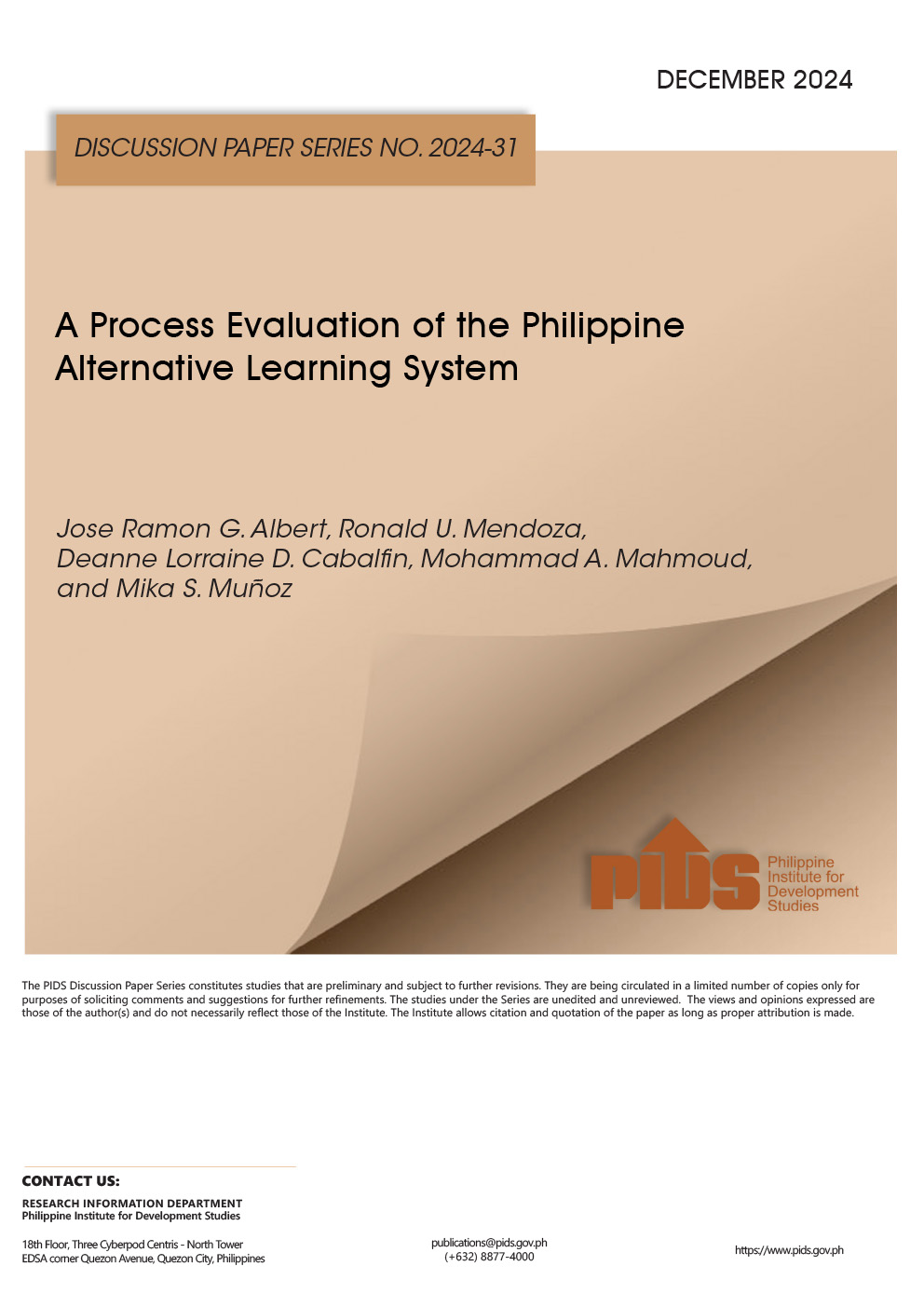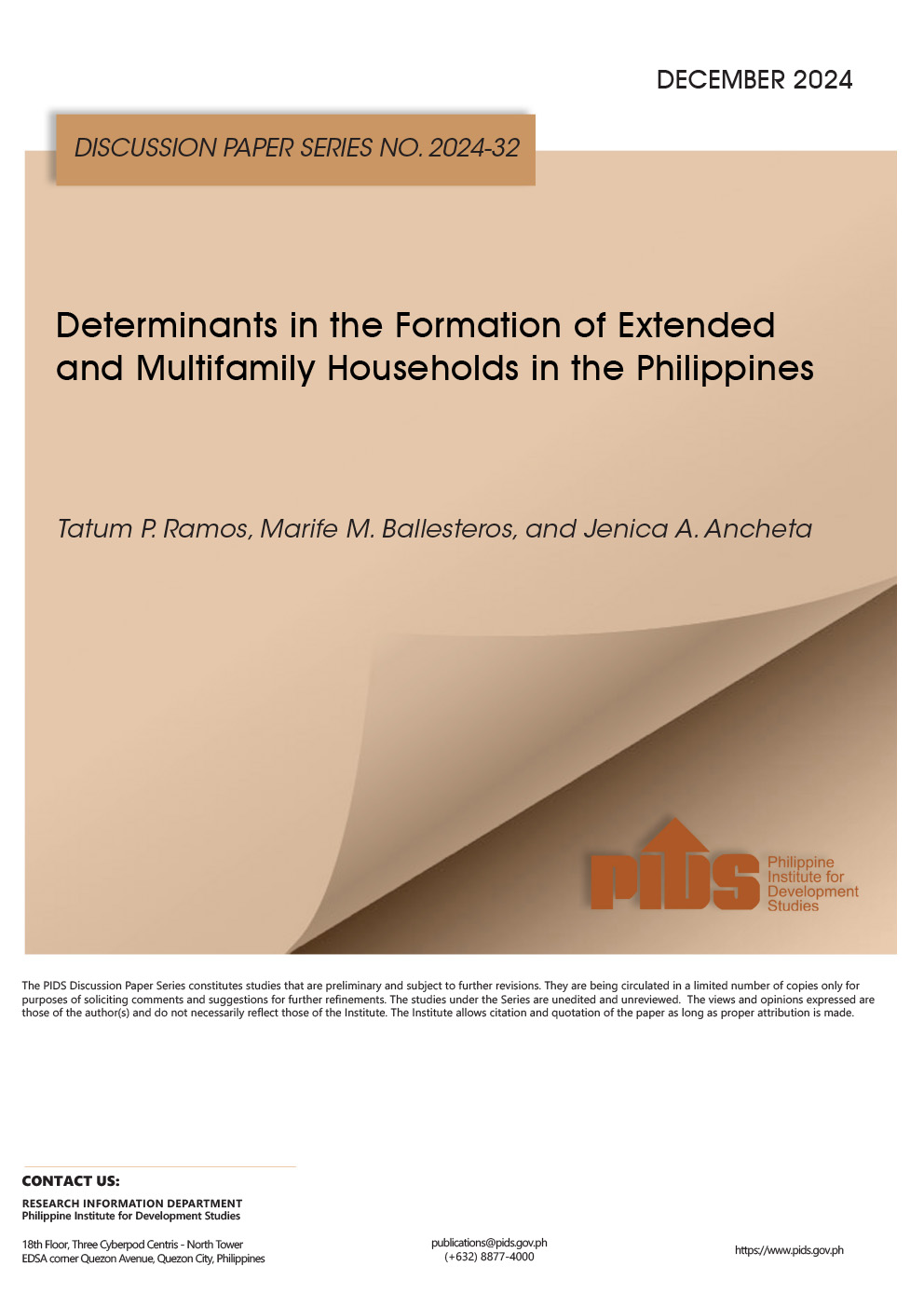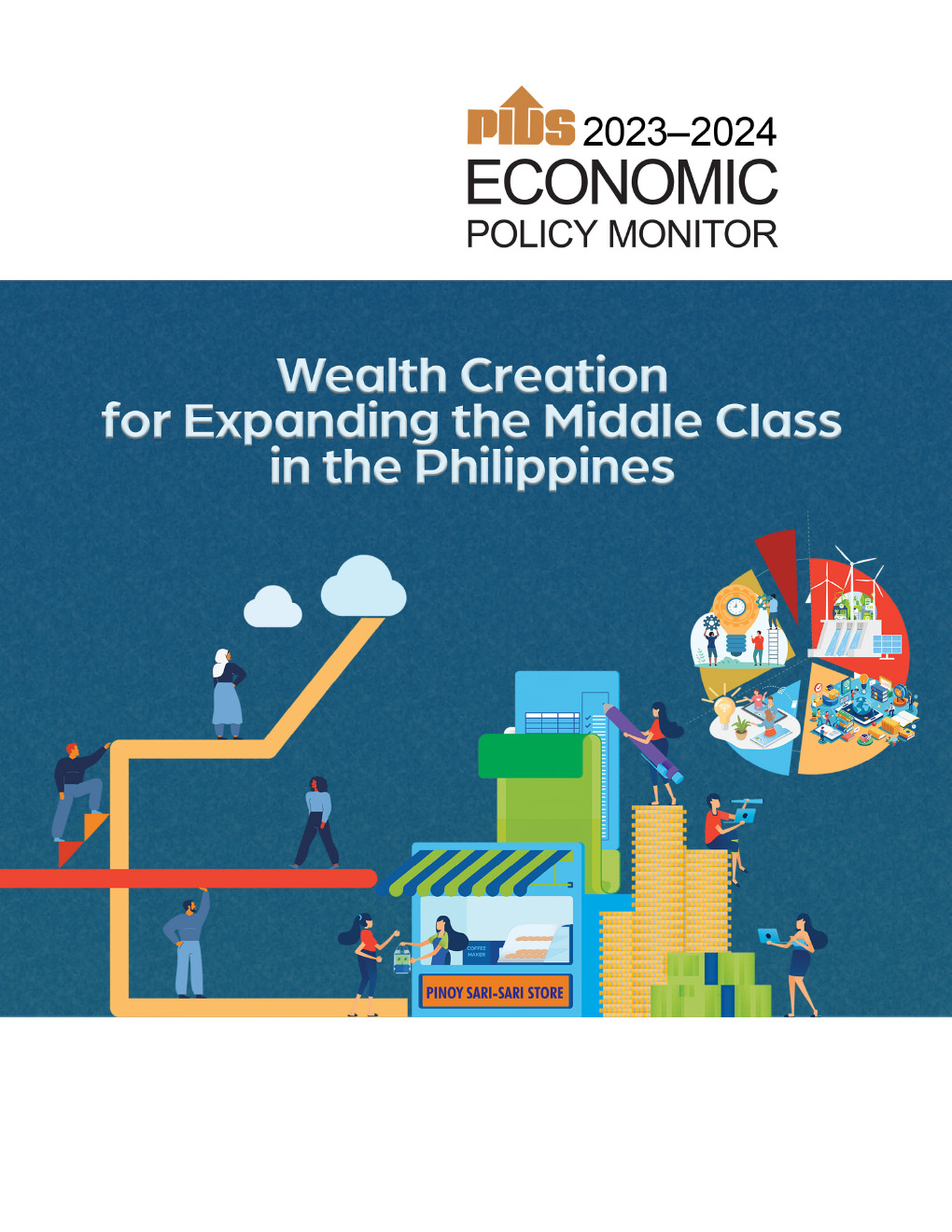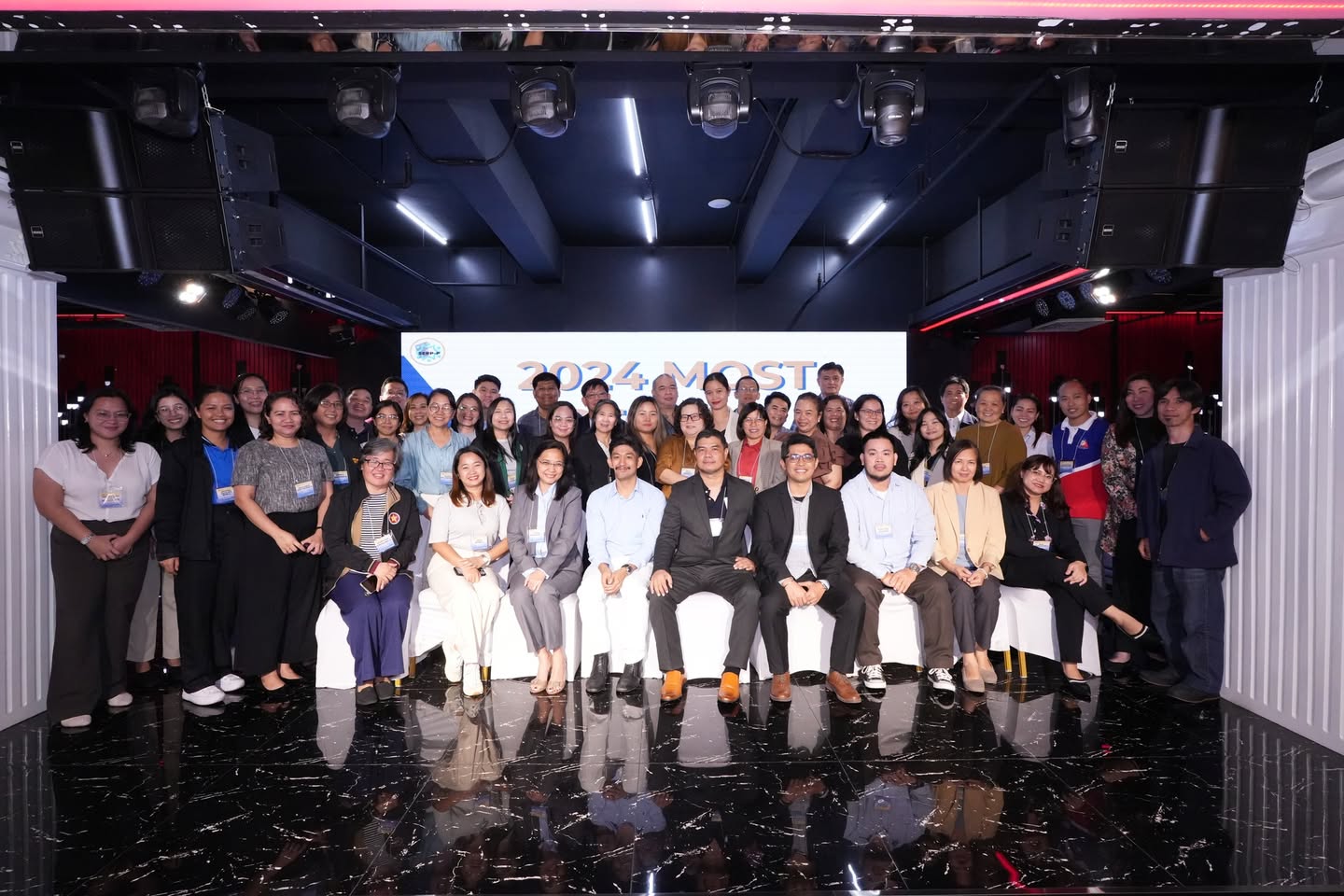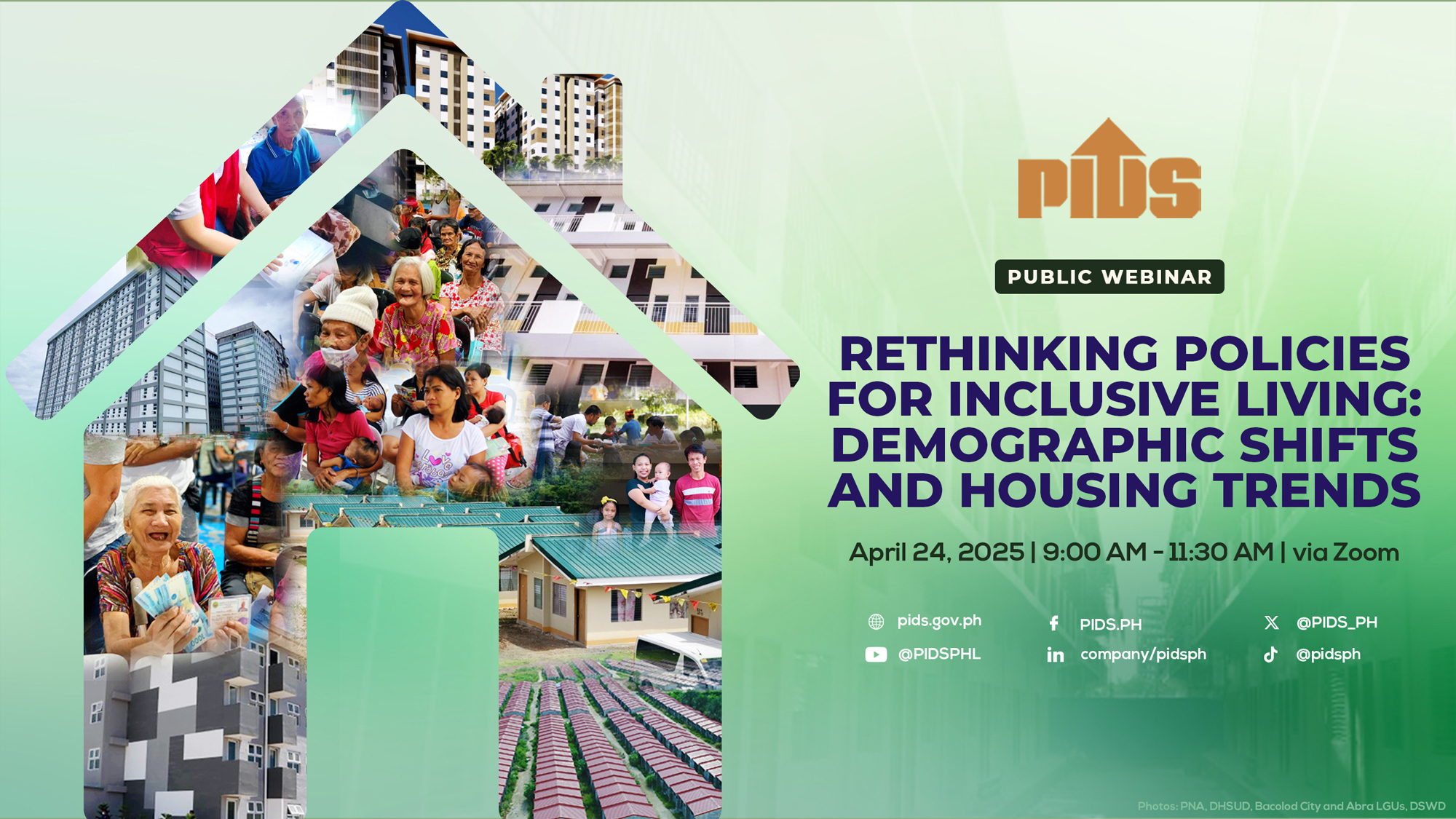Philippine population is projected to grow from about 88 million in 2007 to 142 million in 2040. The projected increase in population size will be accompanied by change in the age structure: increase in the percentages of elderly and working-age populations and decrease in the percentage of young population. Increase in population size by itself will drive aggregate consumption and labor income to increase. But this paper also shows that the projected change in the population age distribution will contribute additional increase in both aggregate consumption and labor income. The age structure change can potentially lead to some favorable outcomes: slower increase in aggregate consumption of the young deficit age groups; higher increase in aggregate labor income compared to aggregate consumption overall; and higher proportion of the lifecycle "deficits" that can be covered by "surplus." Still, the projected change in population age structure also presents challenges. One major challenge comes from the projected significant increase in the number of elderly and the fast increase in their aggregate consumption that will consequently follow. The practical challenge would be finding the means to finance this group`s growing consumption in the future.
Citations
This publication has been cited 1 time
- Salas, J.M. Ian S. et. al. 2012. Filipino elderly living arrangements, work activity, and labor income as old-age support. Discussion Papers DP 2012-31. Philippine Institute for Development Studies.


